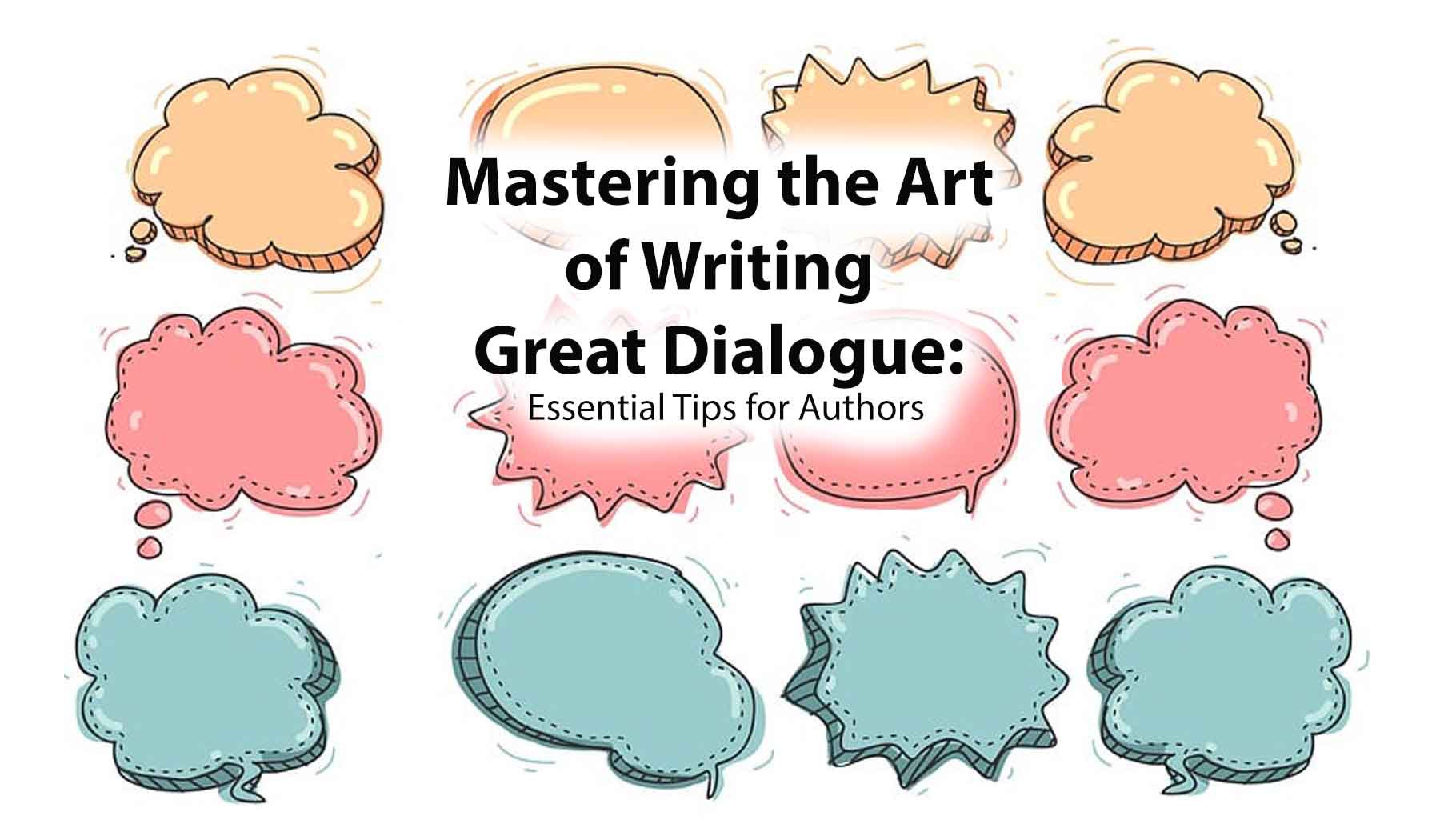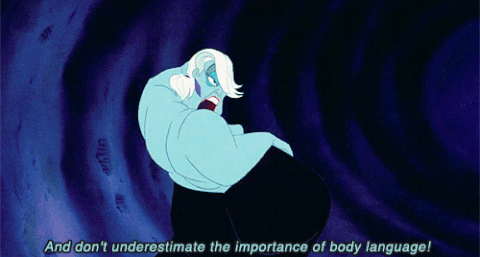Dialogue is an essential element of storytelling that brings characters to life and engages readers in a narrative.
Mastering the art of writing great dialogue can significantly enhance the quality of your books.
Whether you’re a seasoned author or a budding writer, here are some valuable tips to help you create compelling and authentic dialogue that captivates your readers:
1. Understand Your Characters
Before diving into writing dialogue, it’s crucial to have a deep understanding of your characters.
By knowing their backgrounds, personalities, motivations, and goals, you can ensure that their dialogue aligns with their unique traits.
Consider the following points:
- Character Profiles: Create detailed character profiles, including their age, occupation, upbringing, speech patterns, and any specific quirks or idiosyncrasies they possess.
- Character Voice: Each character should have a distinct voice that reflects their individuality. Take into account factors like their education level, cultural background, and regional dialect to develop their speech patterns.
2. Eavesdrop and Observe
One of the most effective ways to improve your dialogue-writing skills is by observing real conversations and paying attention to how people interact.
Engage in people-watching and eavesdropping (discreetly, of course!) in various settings like cafes, parks, or public transportation.
Take note of:
- Authenticity: Notice how people speak naturally, using colloquialisms, slang, or regional dialects. Incorporating these elements into your dialogue can make it more relatable and realistic.
- Non-Verbal Cues: Observe body language, facial expressions, and gestures during conversations. These non-verbal cues can add depth and subtext to your dialogue, conveying emotions and underlying motivations.
3. Keep It Concise and Purposeful
To maintain your readers’ interest and propel the story forward, it’s essential to keep your dialogue concise and purposeful.
Here’s how:
- Eliminate Filler Words: Remove unnecessary words, phrases, and fillers such as “um,” “uh,” and “like.” This streamlines the dialogue and prevents it from becoming tedious.
- Trim Excess Information: Avoid long-winded explanations within dialogue. Instead, focus on conveying essential information and advancing the plot or character development.
- Reveal Character Through Dialogue: Use dialogue to reveal character traits, beliefs, and conflicts. Show how characters interact and respond to each other, creating tension and building relationships.
4. Show, Don’t Tell
Effective dialogue shows readers what is happening rather than telling them outright.
This technique adds depth and engages readers on an emotional level.
Consider the following approaches:
- Subtext and Implication: Embrace subtext in dialogue by allowing characters to communicate indirectly. Hidden meanings, innuendos, and double entendres can add layers of complexity to your dialogue, making it more intriguing.
- Conflict and Tension: Introduce conflict and tension through dialogue, as it creates engaging dynamics between characters. Vary the power dynamics, goals, and motivations of your characters to keep the dialogue captivating.
- Body Language and Gestures: Combine dialogue with non-verbal cues, such as body language, facial expressions, and gestures, to enhance emotional impact and reinforce the underlying meaning.
5. Read It Aloud and Edit
Reading your dialogue aloud can help you identify areas that need improvement.
Pay attention to the flow, rhythm, and naturalness of the conversation.
Make necessary edits and revisions to refine your dialogue:
- Listen for Authenticity: Does the dialogue sound natural when spoken aloud? Ensure that it flows smoothly and reflects how people would actually speak.
- Vary Sentence Length and Structure: Experiment with a variety of sentence lengths and structures in your dialogue. This adds rhythm and prevents monotony. Mix shorter, snappier sentences with longer, more descriptive ones to create a dynamic and engaging conversation.
- Check Punctuation and Formatting: Review your dialogue for correct punctuation, such as commas, quotation marks, and paragraph breaks. Proper formatting enhances readability and clarity.
6. Use Dialogue Tags and Beats Wisely
Dialogue tags and beats help attribute speech to characters and provide context.
However, it’s essential to use them sparingly and strategically:
- Avoid Overusing “Said”: Instead of repeatedly using “he said” or “she said,” opt for descriptive alternatives that convey the character’s tone or emotion. For example, “he exclaimed,” “she whispered,” or “he grumbled.”
- Incorporate Beats: Beats are actions, gestures, or descriptions that accompany dialogue. They break up long conversations and provide insight into a character’s emotions or physical reactions. Choose beats that enhance the scene and contribute to the overall atmosphere.
7. Show Diverse Dialogue Styles
To make your characters authentic and diverse, consider their backgrounds, cultures, and personalities when crafting their dialogue:
- Cultural Nuances: Research and incorporate cultural nuances, idioms, or expressions into the dialogue of characters from different backgrounds. This adds depth and authenticity to their speech.
- Age and Generation: Pay attention to generational differences in language usage. Younger characters may use slang or incorporate technology references, while older characters might have a more formal or traditional way of speaking.
8. Edit and Polish
Writing great dialogue is a process that requires careful editing and polishing.
Once you’ve completed the initial draft, focus on refining your dialogue:
- Remove Redundancies: Eliminate repetitive or redundant dialogue that doesn’t contribute to the story or character development.
- Ensure Consistency: Review your dialogue for consistency in the characters’ voices, speech patterns, and mannerisms.
- Seek Feedback: Share your dialogue with trusted beta readers, writing groups, or editors to gain valuable feedback and identify areas for improvement.
9. Read Books with Great Dialogue
To enhance your own dialogue-writing skills, read books by authors known for their exceptional dialogue.
Pay attention to their techniques, styles, and how they bring their characters to life through conversation.
Some authors to consider are:
- William Shakespeare: Renowned for his masterful use of dialogue to reveal character emotions and motives.
- Jane Austen: Known for her witty and insightful conversations that capture the social dynamics of her time.
- Elmore Leonard: Celebrated for his realistic and sharp dialogue that drives his crime novels.
10. Practice, Practice, Practice
Like any other writing skill, improving your dialogue-writing abilities requires practice.
Dedicate time to write dialogue-only exercises, experiment with different scenarios, and explore various character dynamics.
The more you practice, the more natural and effective your dialogue will become.
In conclusion, writing great dialogue is a craft that can elevate your storytelling and captivate readers.
By understanding your characters, observing real-life conversations, keeping it concise and purposeful, showing rather than telling, and refining through editing, you can create compelling dialogue that brings your books to life.
With practice and a keen eye for authenticity, your dialogue will resonate with readers and leave a lasting impact.










